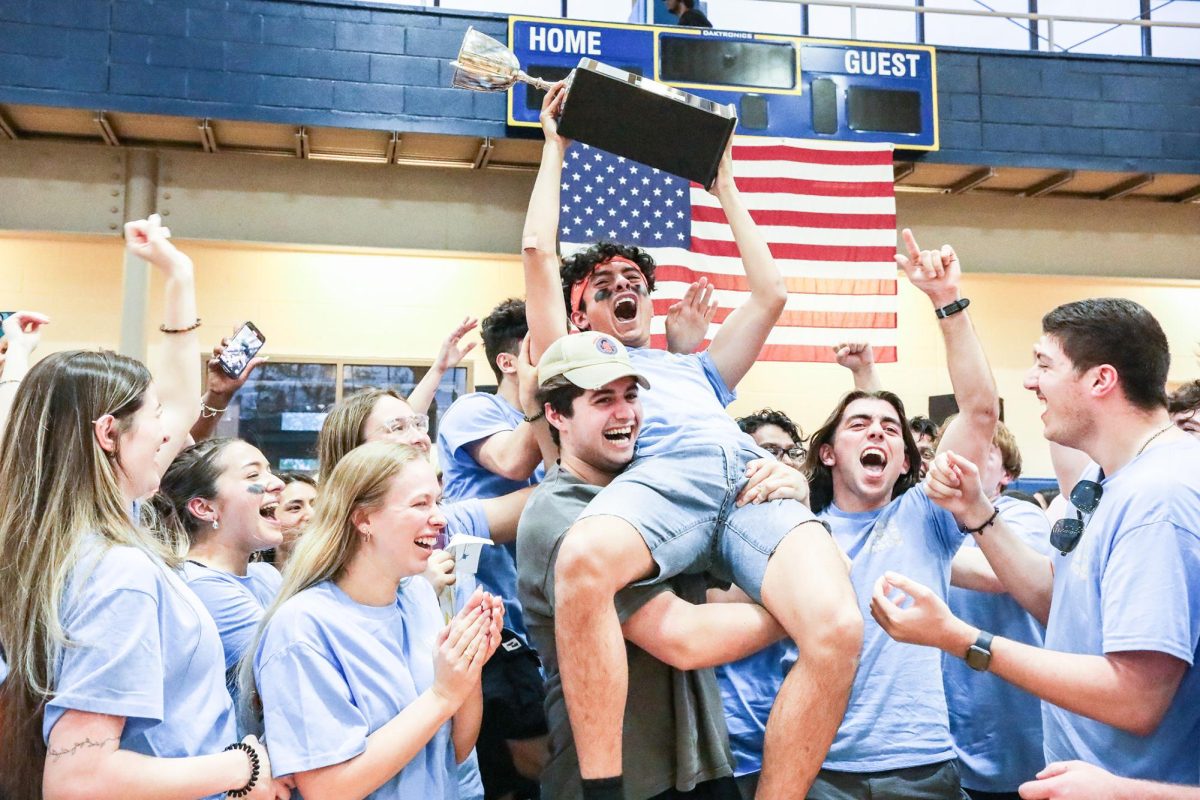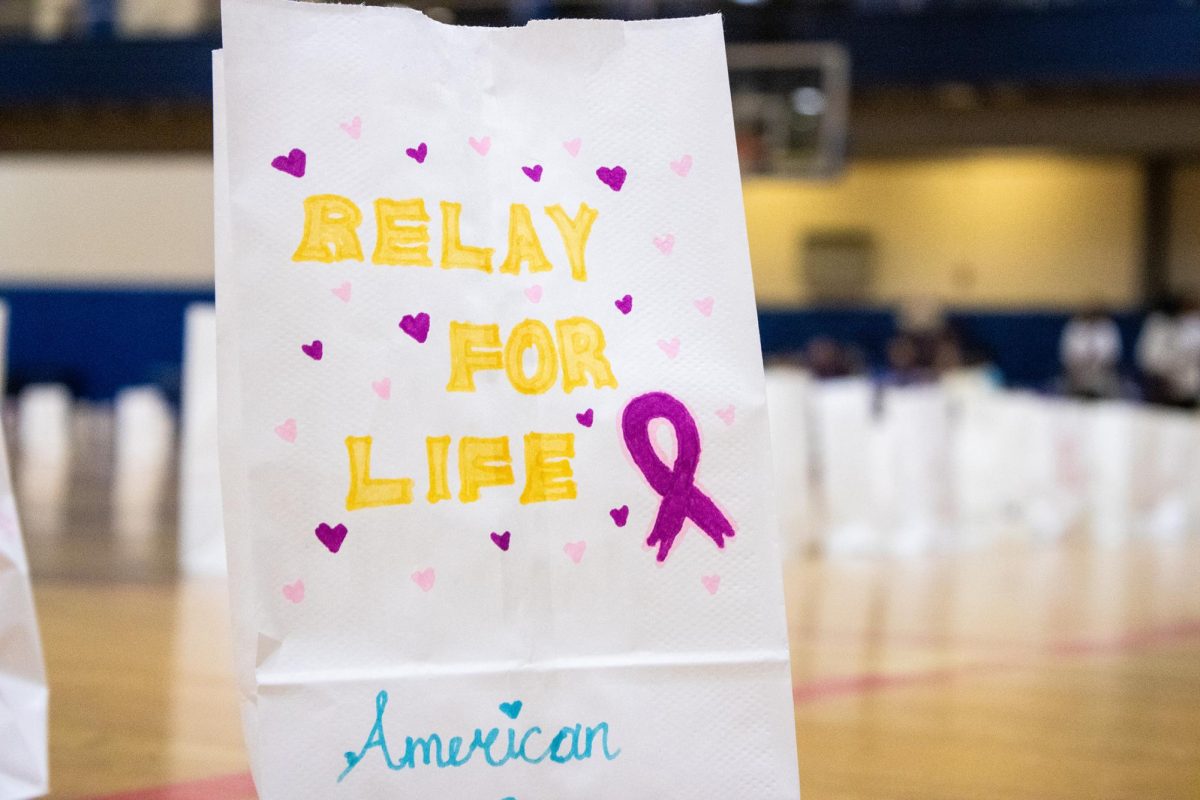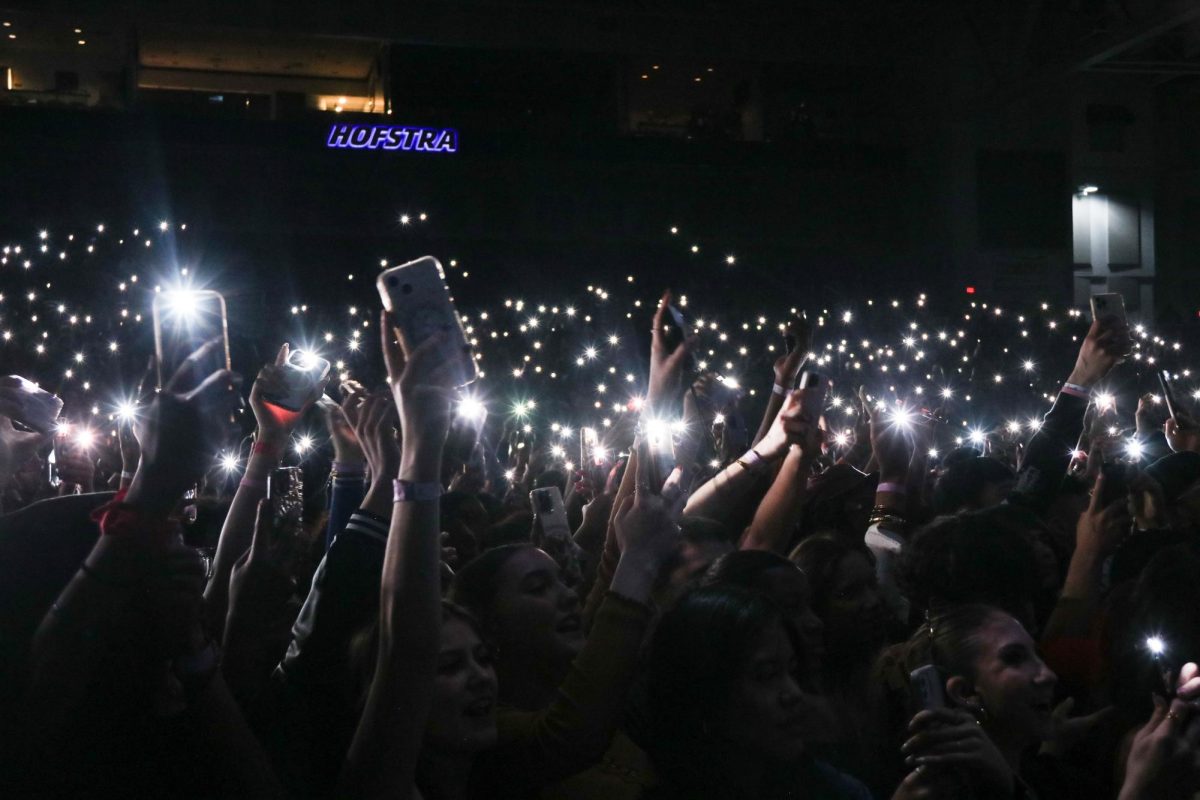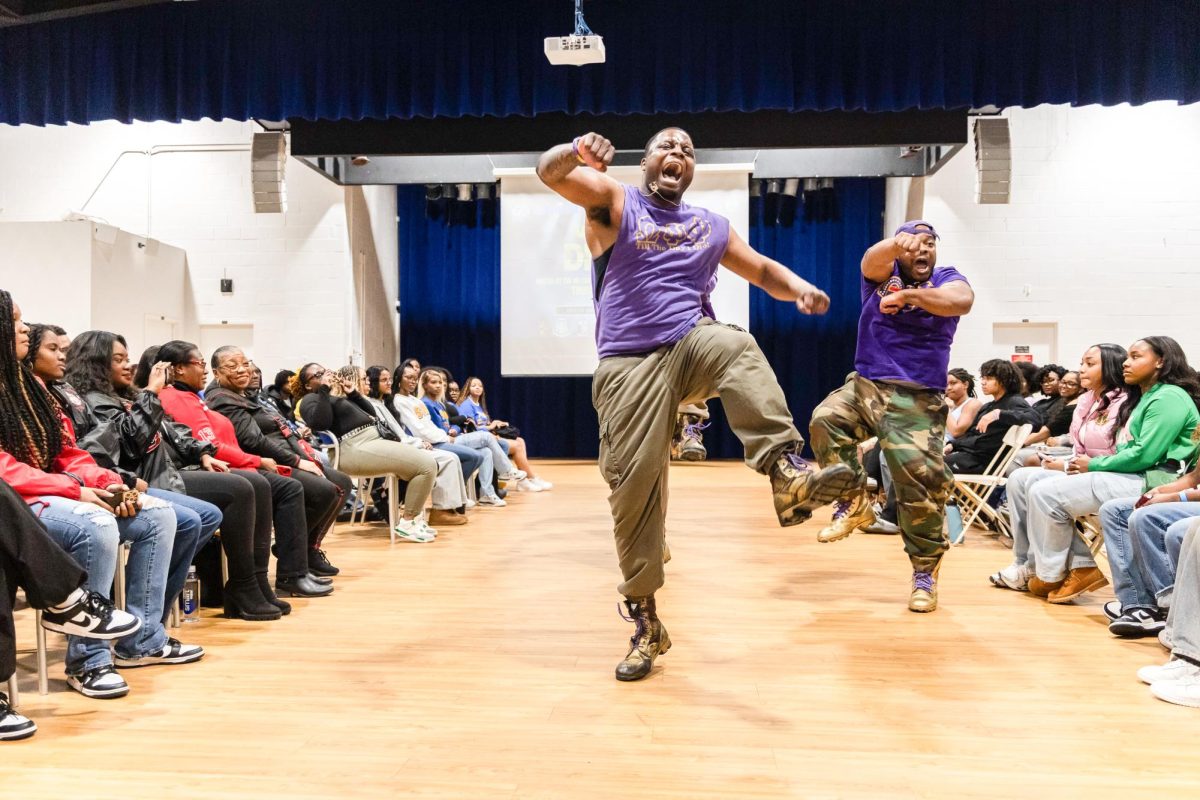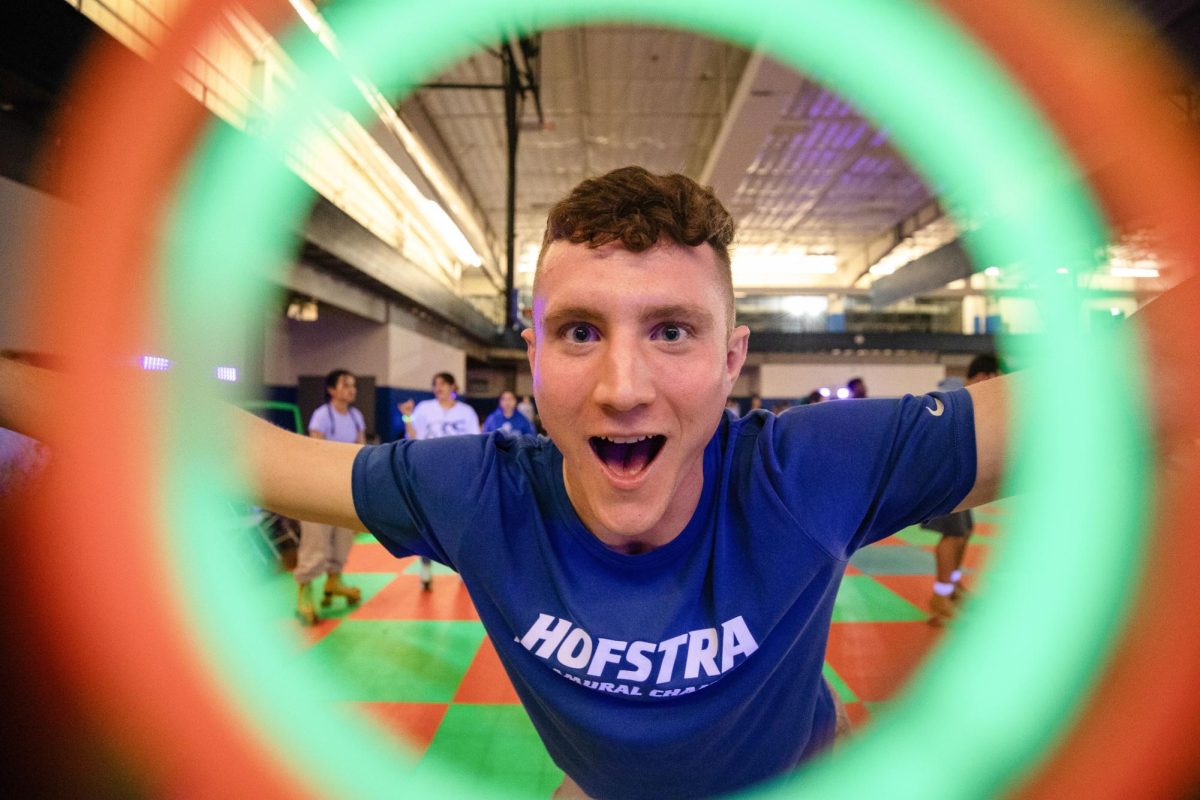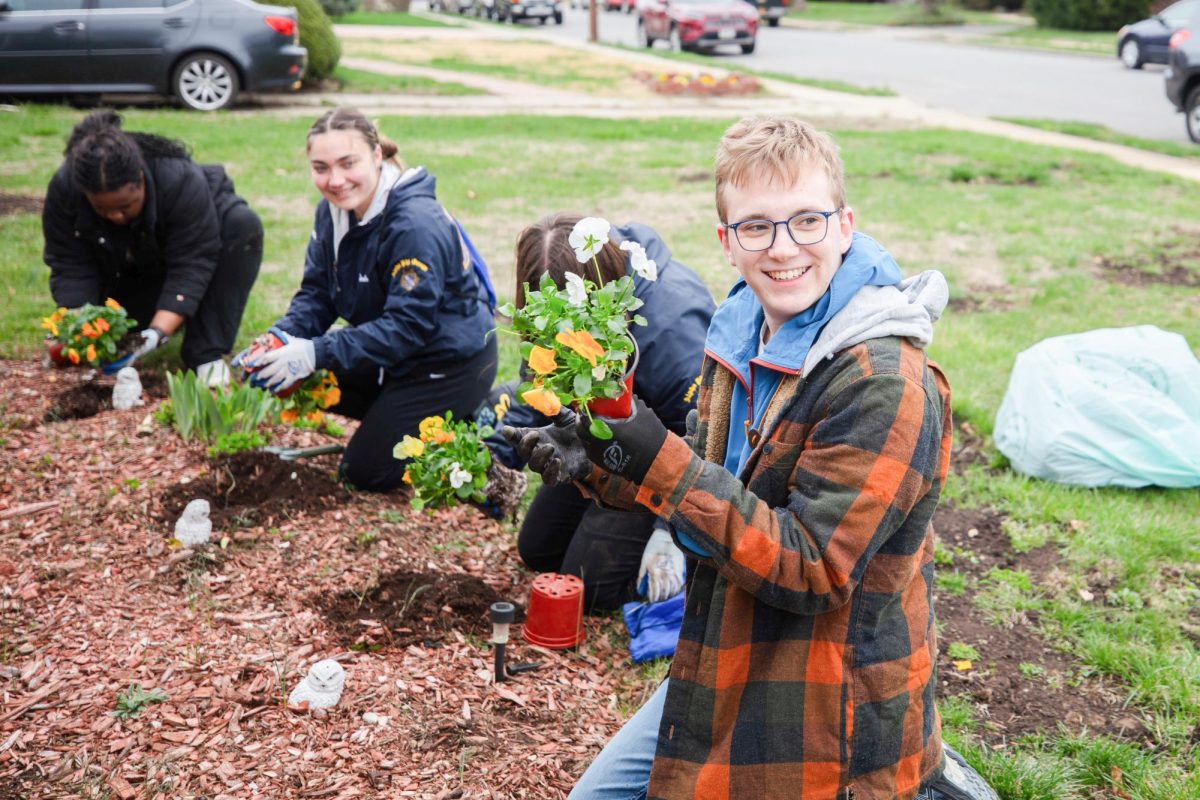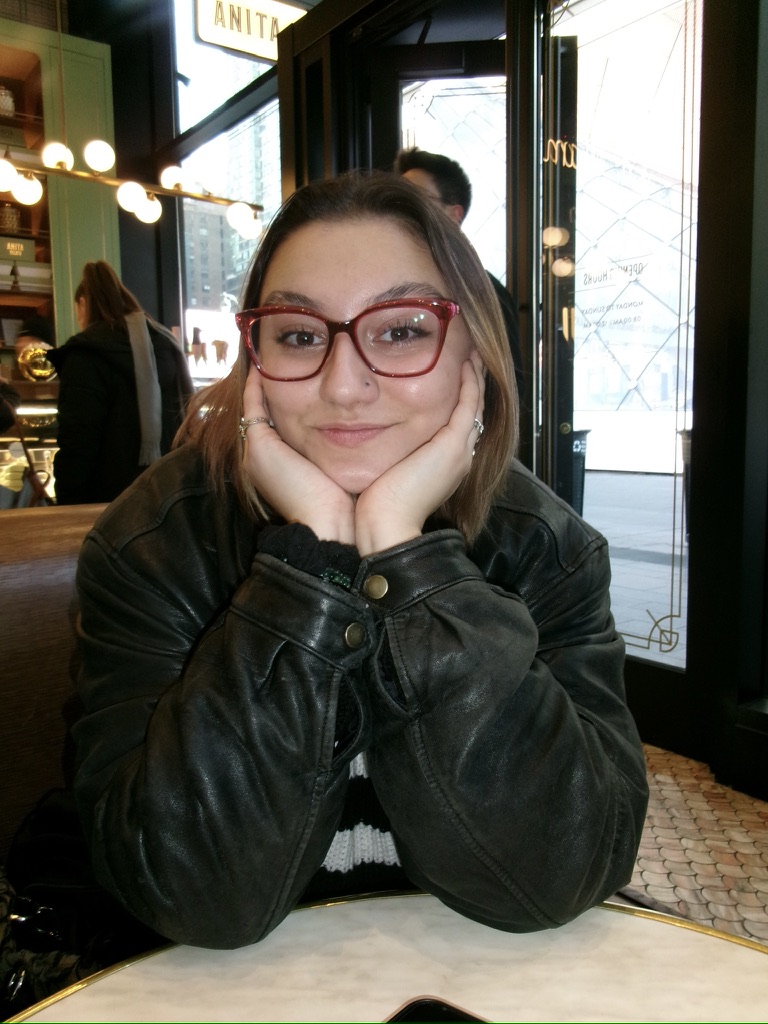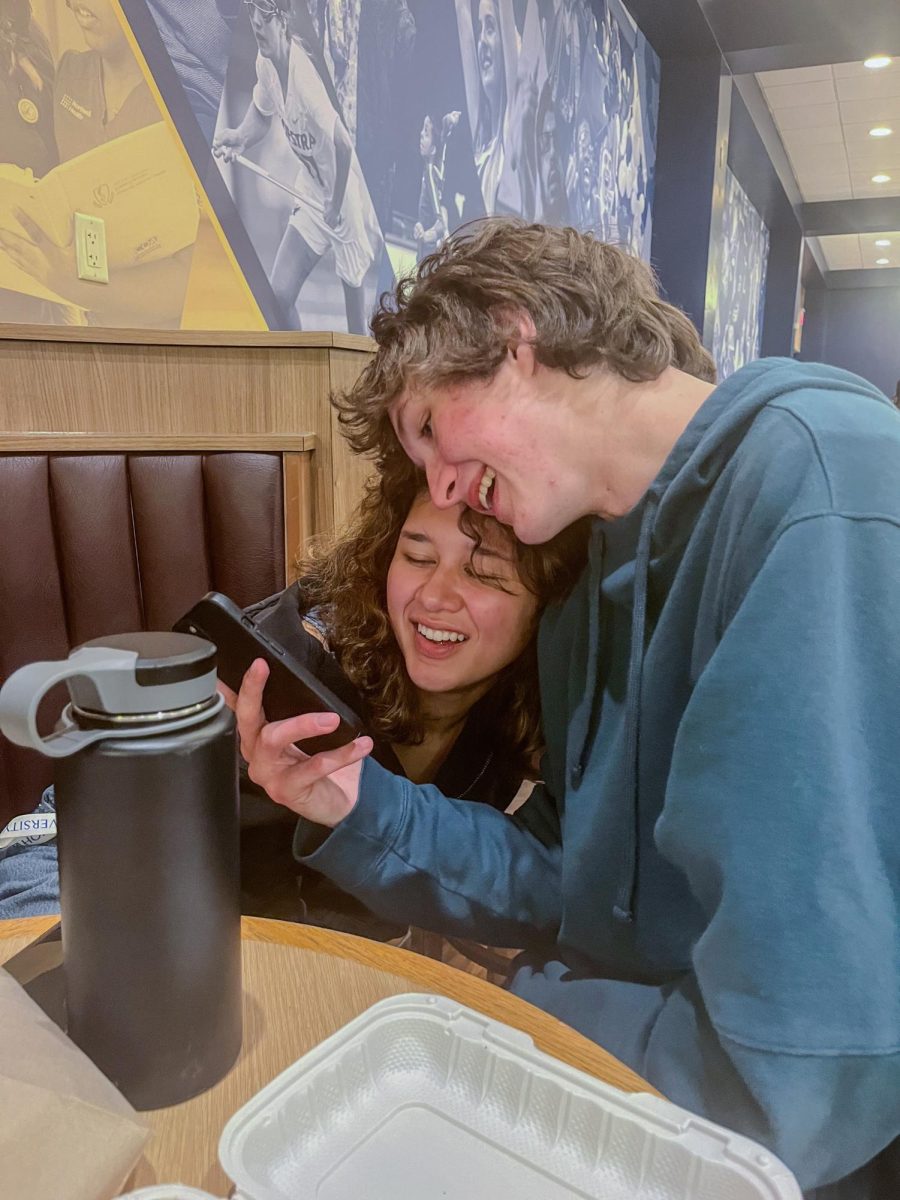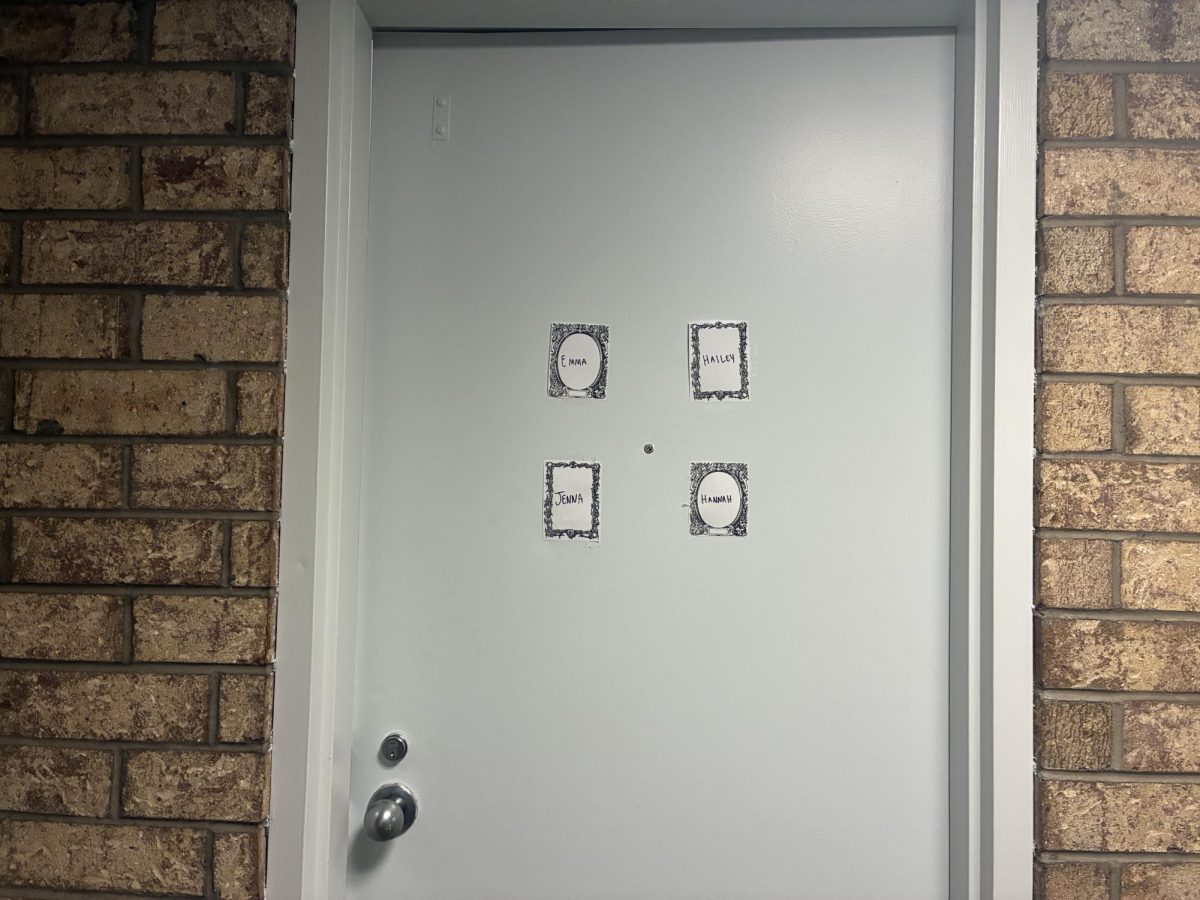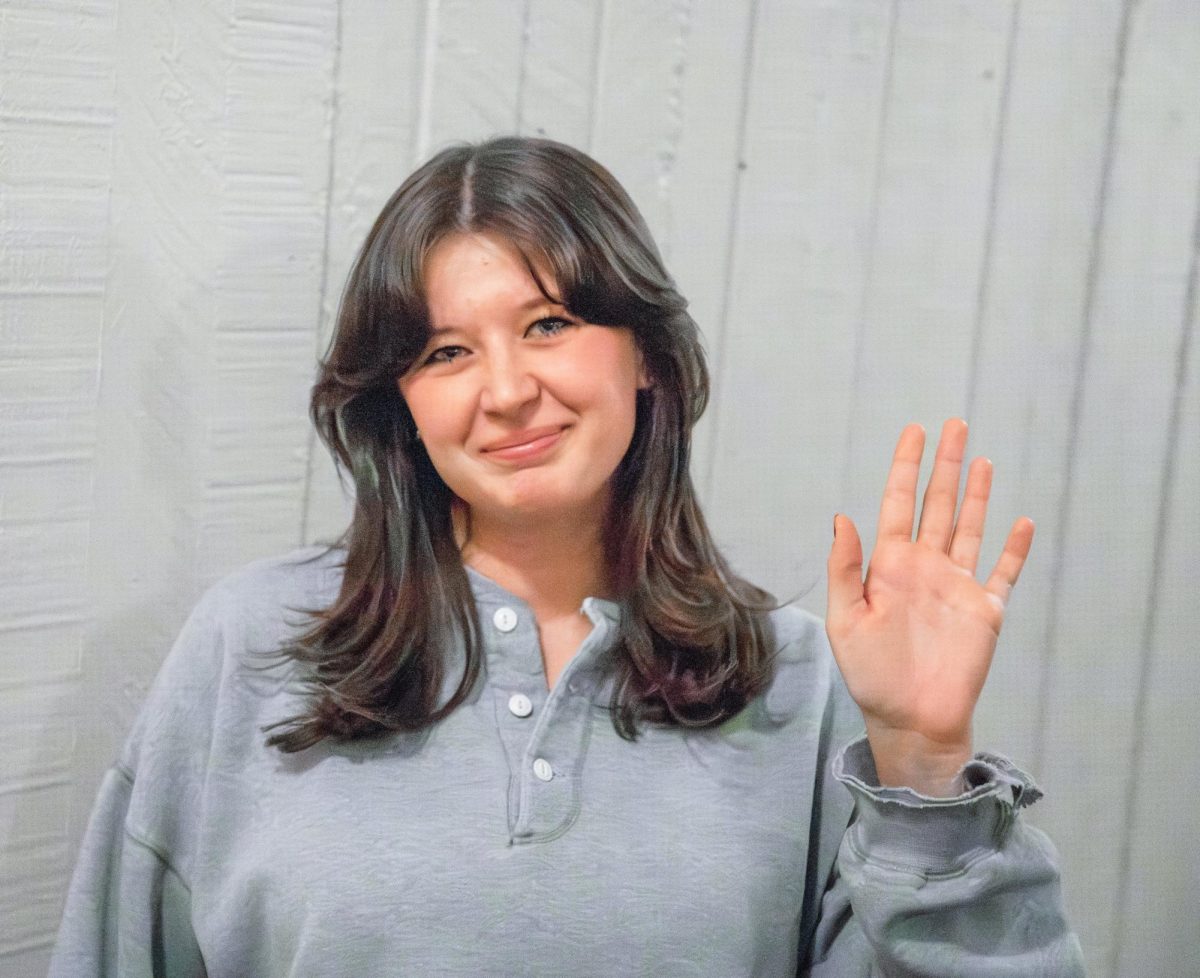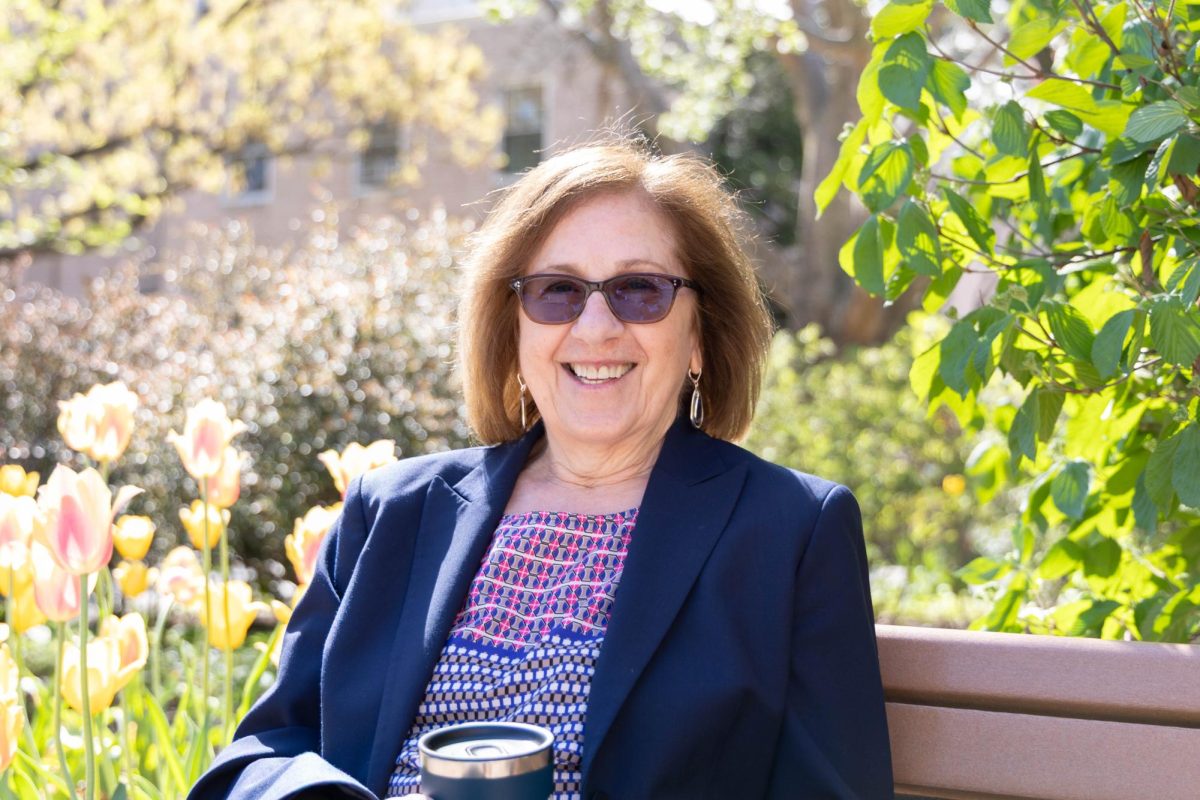By Kirstyn Brendlen
staff writer
The 333 bus to Nazareth left the University of Haifa at 3 p.m. – enough time after class to change into a dress that covered my knees and wad a scarf into my bag to cover the shoulders exposed by my dress. The ride was 30 shekels – 10 U.S. dollars – and a little over an hour long. One of the bus stops on the way had a peeling blue Trump/Pence sign stuck to the side.
I leaned into the aisle of the bus, looking down at the bus app in my hand – I don’t know where the stop is and the app is in Hebrew. We were debating getting off or not when a man a few rows behind us leaned forward and said, “You’re looking for the church? Get off here. This is you.”
We were on a mission to find the Church of the Annunciation – the site of the angel Gabriel’s first visit to Mary – when she learned she would bear the son of God. It’s one of the holiest sites in Christianity. Being one of the holiest sites, there’s obviously a copy. The Greek Orthodox church believes Mary was visited while gathering water at a spring, and their church is built a few blocks up the road, available to visit only by appointment.
Hitting the stop button brought us into a busy intersection without street signs in front of the White Mosque. We knew we were near the church but still wandered on streets mostly lacking in sidewalks for about 20 minutes before we found it, a towering angular façade complete with men poaching rosaries outside. The courtyard was full of tourists and men – I’d want to call them monks – in long brown robes slowly circling. The walls were decorated with mosaics of Mary and Jesus from 43 countries. I chose one, Mary pressing Baby Jesus particularly firmly against her face, to send to my sister, captioned “You & Me.”

The inside of the church was nearly silent – the sort of place where you walk as softly as possible and your footsteps still echo. The cave that Mary lived in is still in the center of the church – people were pressed against the wrought-iron fence that protects it now, most praying quietly. One of the men was singing quietly in Hebrew.
While trying to find our way back to the White Mosque, we passed a fruit and juice stand.
“Girls, you want fresh juice? We have pomegranate, orange, fresh fruit!” a man called over the stand. A gray parrot in a cage said, “Shalom!” as we passed. They watched us pass at least three times, completely lost, each time calling, “Girls! Orange juice, pomegranate juice, falafel!”
Finally, we saw a little green and white sign that marks the tourist entrance to the White Mosque. The inside was empty, just a few pairs of shoes left in cubbies let us know that anyone has been there at all. We passed through a little green-carpeted prayer room, the walls decorated with Arabic calligraphy. Another long hallway was lined with Qurans and Tasbih – strings of 99 prayer beads, one for each of the 99 names of God. At the end of the hall were screens lit with the proper times for each of the five daily prayers.

When we wandered out we end up at a gift shop across the street from the juice stand. There’s a mix of what your family would consider “authentic” Israeli souvenirs – carved wooden sculptures of the holy family, menorahs, silver and enamel rings and baseball caps embroidered with “I Heart Jesus.”
The closest restaurant to the bus stop – the beginning of a bus ride that would, because I can’t read a schedule, end up being three buses and two hours long – is a little quick-service stop. Everyone inside was speaking Arabic and we tried to make up for our one and a half weeks of class by smiling the entire time and saying, “Shukran! Thank you!” often and enthusiastically. As with ordering almost anything, there was a lot of hand gestures involved – miming dipping bread in hummus, attempting to ask if an order will serve two people by gesturing to the menu and then holding up two fingers, repeating “Ithnen? Ithnen?” – “Two? Two?” Evidently it was enough, as a waiter stopped us on our way out to ask if any of us have Facebook or Snapchat.


